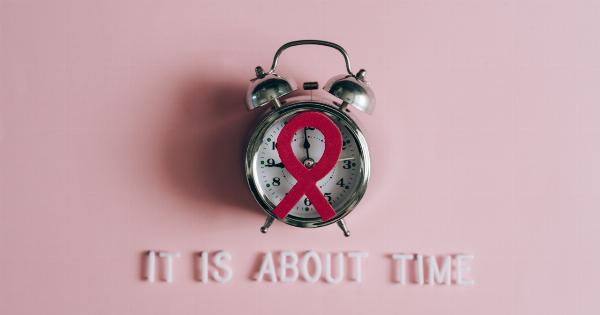Gender discrimination is a prevalent issue that affects various areas of society, including the field of research. One aspect of gender discrimination that is particularly concerning is sexual harassment in research.
Sexual harassment can have detrimental effects on the victims as well as on the progress of scientific research. In this article, we will explore the alarming prevalence of gender discrimination in research and the specific challenges posed by sexual harassment.
Understanding Gender Discrimination in Research
Gender discrimination refers to the unequal treatment or opportunities based on an individual’s gender. It can manifest in various forms, including unequal pay, limited access to leadership positions, and biased evaluation and hiring processes.
In the context of research, gender discrimination can hinder the success and progression of female researchers.
Despite significant advancements in recent decades, gender disparities in research remain a persistent issue.
Women continue to be underrepresented in academia, particularly in higher-level positions such as full professorships or leadership roles in research institutions. This underrepresentation is not due to a lack of talent or qualifications but rather arises from structural barriers and discriminatory practices.
The Prevalence of Sexual Harassment in Research
Sexual harassment is a form of gender discrimination that involves unwanted sexual advances, comments, or other conduct that creates a hostile or offensive work environment. It is a pervasive issue in many industries, and research is no exception.
Studies have shown that a significant number of female researchers experience some form of sexual harassment throughout their careers.
Surveys conducted among academic researchers have revealed alarming statistics, with reports suggesting that more than half of female scientists experience sexual harassment at some point in their professional lives.
The Impact on Victims
The impact of sexual harassment on victims is profound and can have long-lasting consequences. Those who experience sexual harassment often suffer from psychological distress, including anxiety, depression, and reduced self-esteem.
These negative effects can significantly impact their careers and overall well-being.
The fear of retaliation and damage to professional reputations often discourages victims from reporting incidents of sexual harassment.
This silence perpetuates a culture of tolerance and further emboldens perpetrators, contributing to a cycle of abuse that continues unchecked.
Barriers to Reporting
There are several reasons why victims of sexual harassment in research may hesitate to report incidents. First, victims may fear that their careers will be negatively impacted if they come forward.
The hierarchical structure and power dynamics in academia often favor perpetrators, making it difficult for victims to seek justice without risking professional repercussions.
Additionally, victims may face disbelief or minimization of their experiences when they do report incidents.
This lack of support and validation discourages victims from stepping forward, perpetuating a culture of silence and enabling further harassment.
The Role of Institutions
Institutions play a crucial role in addressing and preventing sexual harassment in research. It is essential for universities and research organizations to have clear policies and procedures in place to address incidents of sexual harassment.
These policies should prioritize the safety and well-being of victims and provide avenues for reporting and seeking redress.
Moreover, institutions should invest in training programs and awareness campaigns to educate researchers about sexual harassment and its impact.
By fostering a culture of respect and equality, institutions can create environments that are safe and inclusive for all researchers.
The Need for Cultural Change
To truly address sexual harassment and gender discrimination in research, a cultural shift is required.
The collective responsibility falls on individuals, institutions, and the research community as a whole to challenge and change the attitudes and behaviors that perpetuate these issues.
Encouraging open dialogue, supporting victims, and holding perpetrators accountable are key steps towards achieving equality and ensuring a safe working environment for all researchers.
Conclusion
Gender discrimination in research, particularly in the form of sexual harassment, is a pervasive problem that demands urgent attention.
The prevalence of sexual harassment and its detrimental impact on victims necessitates swift action from institutions and the research community as a whole.
By fostering a culture that prioritizes respect, equality, and safety, we can work towards creating an environment where all researchers can thrive and contribute to meaningful scientific advancements, regardless of their gender.






























